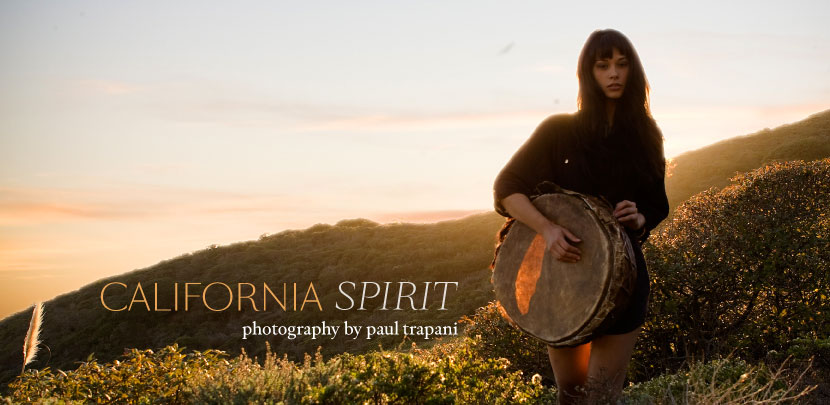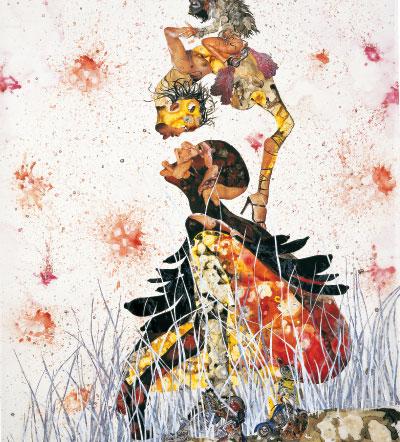We first wrote about Robert Geller Collection when it launched in fall 2007. Since then, Geller has gone on to become one of the most watched American Menswear designers. At the time that we about wrote him, he was drawing inspiration from the French New Wave, specifically Godard’s Breathless. As Geller explained to PLANET then, he wanted to portray a sense of masculinity that was free, playful, and hadn’t been hemmed in. Yet he also wanted to show a vulnerability, which, after all, exists in any real man at any age. In his clothes and in his models, Geller was unabashedly drawn to youth — proto-males that were still evolving, or, as I wrote then, “slightly unformed creatures who were not yet certain to turn out good or bad.”
In his Spring/Summer 2010 collection, presented Saturday at Exit Art in New York City, Geller is still looking to the past for inspiration, but once again as a way of reconstructing the present. As we work through our own economic midnight, Geller says he focused on the German 1950s for his collection’s theme — not that men dressed like this then, but rather, he would have liked them to. It was a time when Germany was picking itself up after the devastation of the war and, through the economic miracle known as Wirtschaftswunder, began emerging from that haunted past. The bold use of color, more pronounced than in previous Geller collections, is a symbol of the renewal of spring and its potential for redemption.
(more…)


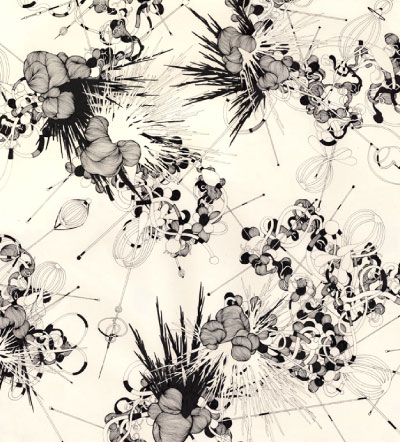
We first came across the art of Leah Raintree last year, when we were preparing a feature article on the artist Ernesto Caivano. At the time, Leah was working as Caivano’s studio manager – handling calls and requests, and delivering images – all the while working on her own oeuvre in the evenings and on weekends. Interestingly, in a way that seems fitting for the two of them to have crossed paths, there are a lot of aesthetic similarities between their work, something the two artists talked about openly before Caivano hired her. They both work in ink on paper and they both build elaborate constructs around their creations. But there are also distinct differences, apparently enough for the two artists to feel comfortable working together. For starters, Leah’s work doesn’t explore narratives the way Caivano’s famously does. And it’s abstract instead of figurative, rooted in deep thought around corporeal, technological, philosophical, literary, and artistic historical themes that are then explored in a process that is part deliberate, part accident and revelation. In the end, though, the work is still very much about Raintree simultaneously mapping out and discovering her own cosmology.
(more…)


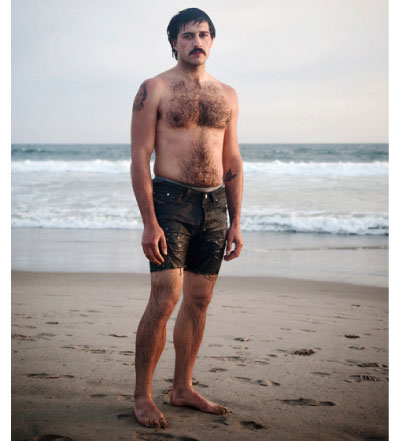
The following images are taken from an ongoing project, titled Observing: Venice, by photographer Matthew Scott. Venice Beach is, of course, one of a handful of mythic places in America – Haight Street, Coney Island, Times Square, Las Vegas, Hollywood – where the American experience has historically played out in larger-than-life and non-traditional ways. These have always been the magnets of America’s misfits, marginals, and “freaks”, places of transience where anything could happen and something always does. Since moving to Venice, Scott has been observing his new, if temporary, home and its inhabitants. Or, as he puts it, “I’m trying to figure out my life and theirs.” What is revealed is an aspect of Venice’s eccentric myth, but only around the edges. More central is a peaceful quietness, a comforting, if banal, normalcy. Instead of training his lens on the boardwalk, he focuses on ordinary people living ordinary lives.
(more…)


Hermas Zopoula is an artist we just got turned onto by our friends at Asthmatic Kitty, which is putting out his debut album this month. His music is simple, warm, and heartfelt. In this video, shot in the front yard of his home in Ouagadougou, Burkina Faso, he plays a song from his debut, Espoir, called “Attention”. What I love about this video is how naturally the music fits into his environment, with the sound of the wind rustling the tree leaves, the faint noise of children playing nearby, a bird squawking, a storm brewing in the distance. It’s about as authentic as things get. Hermas is set to play a show in New York on June 12, at Sycamore in the Ditmas Park area of Brooklyn – that is if the U.S. of A. comes through on his visa. Fingers crossed.

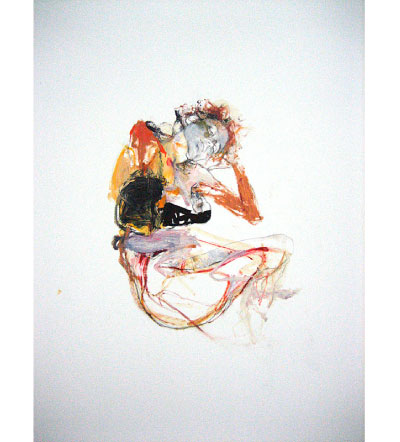
Beauty, as it’s been told over the centuries and engraved into our skulls, is in the eye of the beholder. Yet true as this may be, some beholders have a better eye for it. Often, the beauty in question isn’t breathless landscapes or beguiling abstracts but the universal muse and eternal mother of art: the endlessly interesting female form. This is where the art of Alex Asher Daniel begins. But as we’ve also learned, beauty is only skin deep, and Daniel is especially attuned to this, connecting layers in his work that hint at something vastly more complex and powerful hidden beneath the surface, yet without negating the essential beauty of his subject. “I’m interested in the meeting point between the inner and outer world,” he says. “The female body is such an interesting vehicle to me; it’s the most divine representation we have of that intersection.”
Working with oilstick and charcoal on paper, the works are a combination of line drawing and rich pigments applied in paint-like clusters and rougher lines that partially abstract the figurative qualities of the work. Even though there are clear figures here, the work is gestural and expressionistic. Most strikingly, there are obvious fetal gestures central to all 19 of the drawings on display, which at first seems a strange and slightly discomforting motif to invoke through grown women.
(more…)

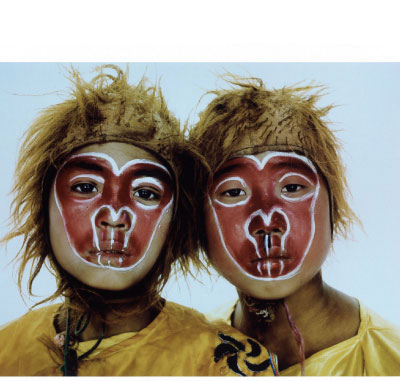
Gerald Förster’s globe-spanning work, LightYears, which began in the mid ‘90s and was completed mostly before 2001 (with a handful of exceptions), was a prescient photographic document of our global era. Like other photographers before him and since, the impulse to preserve the dignity of “others” before cultural erosion alters them, or even wipes them away completely, is very present here. But unlike other photographers inspired to this type of ethnographic portraiture, who usually tend to focus on one group of people or geographic location (Wilfred Thesiger, Irving Penn, and many others come to mind), Förster’s work is that of a lensman working at hyper-speed to capture a moment of utter stillness, perhaps even an eternal moment. While I suppose Förster chose LightYears as the title of his project to refer to something inexpressibly infinite in the human being and our collective mysterious existence on this rock we call Earth, for me the title also conjures the 747s he and his longtime friend and collaborator Anthony Smith sped around the world on between advertising jobs and editorial assignments, to photograph these people in eighteen countries. Whether that was the intention or not, LightYears is indeed a project made possible by the ease of global air travel that had its rise in the 1990s. It’s something we might easily overlook, so standard has it become to go everywhere and see everything — right from our desktops. Ultimately though, Förster’s work reminds us that we inhabit a world full of people not like us and yet composed of the same cosmic material. Like the great Polish writer Ryszard Kapusinski used to do through his travelogues, Förster is holding up the mirror to the other in us all.
(more…)


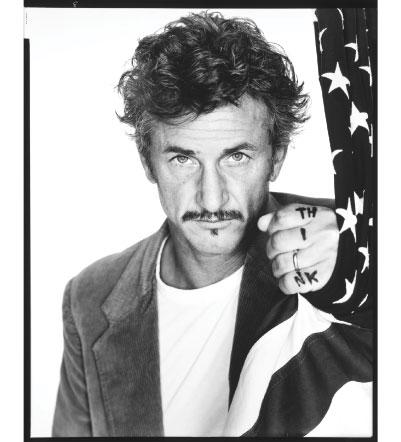
Although a life-long photographer who preferred his images to speak for themselves, Richard Avedon had a remarkable way with words. His ability to cut through things with a few short, incisive lines could often make him seem more like a sage than a lensman. After all, he’s the photographer who famously said that every photograph is a lie — a chosen lie at that — not “The Truth”, as was the artistic conceit of the day. There’s a perfect example of this ability in an Avedon quote inscribed at the beginning of Performance, a collection of well-known images of performing artists he took throughout his career, published in October by Abrams: “We all perform. It’s what we do for each other all the time, deliberately or unintentionally. It’s a way of telling about ourselves in the hope of being recognized as what we’d like to be.” It’s this insight into humanness, and his never-ending fascination with it, that made Avedon such a great photographer. After all this time, and four years after his death, it’s nice to rediscover how much I truly enjoy looking at his pictures. Truth? Lie? Chosen reality? These are impertinent questions in the face of images that achieve exactly what Avedon intended them to. So open your eyes, look, and enjoy the show.
(more…)

“Astonish Me!” commanded Sergei Diaghilev, arbiter of taste and founder of the Ballet Russes in Paris in the early 20th Century, to his gathering of composers, dancers, writers, and artists — which included such luminaries as Nijinsky, Stravinsky, Cocteau, Apollinaire, and Picasso among many others. It became the defining dictum for art in the 20th Century, infusing Dadaism, Surrealism, Cubism and onward with a simple, clear directive to make art that stunned. For me, it’s the benchmark I always hold in mind when viewing new work. Does it stop me in my tracks and seize me – emotionally? aesthetically? Does it reach out and shake me from my bland existence? Unfortunately, in today’s oversaturated art market, where crude, rudimentary craft-making seems to rule the day, the answer more often than not is “No”. But not even a resounding no; I’ve become so resigned to bad art at this point it’s more like a wimper of a no as I leave the gallery or museum uninspired, and often despondent (this year’s Whitney Biennial). Wangechi Mutu, on the other hand… she is a resounding “Yes!” A breathtaking, entirely unexpected fusion of Klee, Klimt, and Schiele, Mutu’s art is polemical, lyrical, and disturbing at once. PLANET° first wrote about Mutu in 2004 in a long profile and was one of the earliest magazines to notice and champion her work.
(more…)

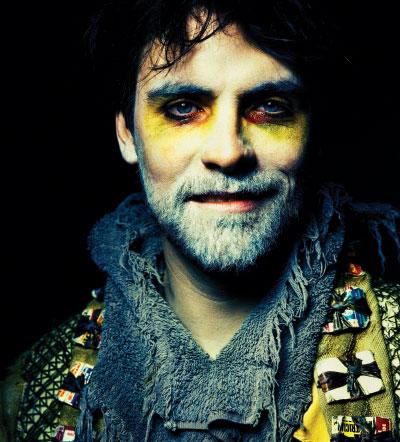
The photos here were taken during one of two marathon studio sessions in New York City. In 2003, Alexander Berg had received access to an empty storefront through the Chashama space grant program, which provides temporary free space to artists around Manhattan. Like any ambitious photographer, Berg was looking for a novel and powerful idea to catalyze his artistic vision. He says One Shot came to him as a rigorous but playful experiment. “I’d recognized that the first frame of any shoot always held more tension, expectation, joy and fear, and the project became a kind of open question about what can happen in only one frame.” Berg put a sign on 42nd Street outside the makeshift studio, at the epicenter of the world’s most international city, and also emailed friends. Then, for ten hours a day he photographed portraits of any and all comers. The theme was simple: Be as you are or however you wish to be — you have only one frame.
(more…)






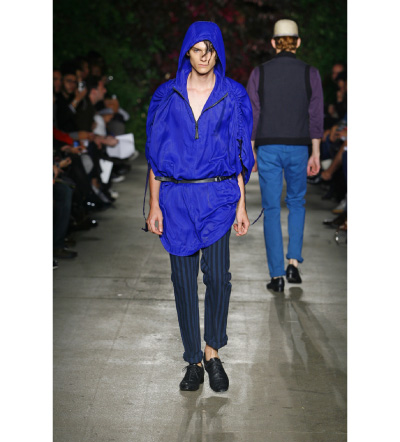
 Facebook
Facebook Permalink
Permalink Digg
Digg Reddit
Reddit LinkedIn
LinkedIn StumbleUpon
StumbleUpon Tumblr
Tumblr